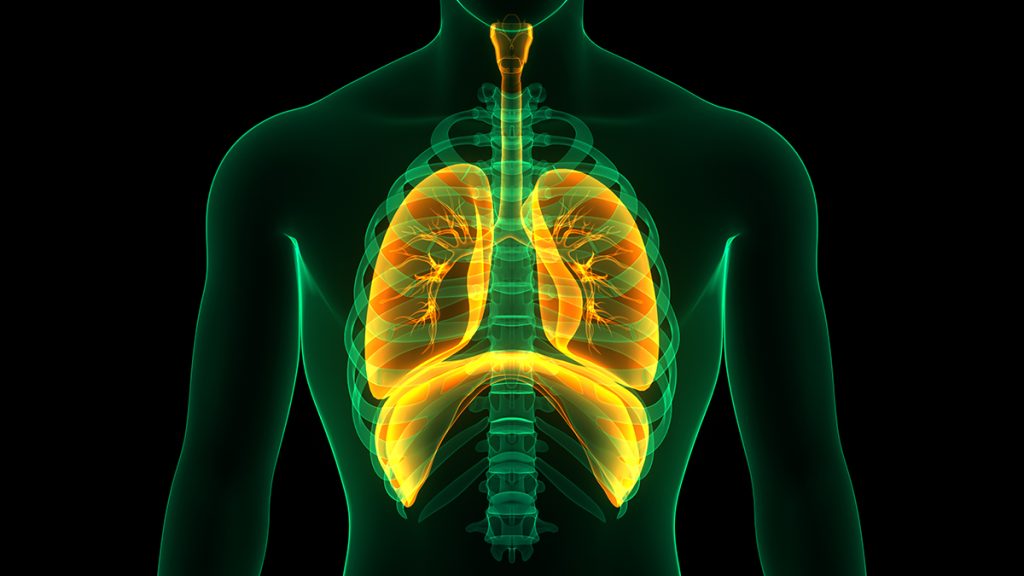Diaphragmatic breathing is a technique that involves engaging the diaphragm muscle while breathing, allowing for more efficient oxygen exchange in the body. This type of breathing can be beneficial for cardiovascular exercise performance, as it helps to increase the amount of oxygen that that is taken in with each breath. By doing so, diaphragmatic breathing can improve aerobic capacity, endurance, energy levels during exercise, as well as reduced feelings of fatigue and improve lung function.

One study conducted in 2016 found that diaphragmatic breathing improved exercise performance in trained male cyclists. The study participants perform a maximal cycling test, during which they practiced diaphragmatic breathing. The results show that the cyclists who used diaphragmatic breathing had a significant improvement in their VO2 Max (the maximum amount of oxygen used during exercise), and power output compared to those who did not use diaphragmatic breathing. Another study conducted in 2015 found that diaphragmatic breathing improved respiratory muscle function and reduce breathing effort during exercise in both trained and untrained individuals. Diaphragmatic breathing can also help to reduce stress and anxiety, which can have a positive impact on exercise performance. Stress and anxiety can lead to increased heart rate, shallow breathing, and decreased oxygen uptake, which can negatively impact exercise performance. By practicing diaphragmatic breathing, individuals can reduce stress, anxiety levels and improve their ability to handle the psychological demands of exercise.
In addition to its benefits for exercise performance, diaphragmatic breathing can also have other health benefits. It has been shown to reduce blood pressure, improve lung function, and enhance overall relaxation and well-being. For individuals with respiratory conditions such as asthma, COPD, or bronchitis, diaphragmatic breathing can be a helpful technique for managing symptoms and improving respiratory function.
It is important to note that diaphragmatic breathing should not be relied upon as a sole method for improving cardiovascular exercise performance. It is best used in combination with other techniques, such as proper warm up and cool down, a balanced intense exercise program, adequate nutrition, rest, and recovery. In addition, it is important to consult with a healthcare professional before incorporating diaphragmatic breathing into any exercise routine, especially if an individual has any pre-existing health conditions.
In conclusion, diaphragmatic breathing can be a useful technique for improving cardiovascular exercise performance. By increasing oxygen uptake, reducing stress, anxiety, and improving lung function, diaphragmatic breathing can help individuals to perform better during exercise and enhance overall health and well-being. However, it should be used in combination with other techniques and under the guidance of a health care professional for maximum benefit.
Reprinted with permission from author.
Mike Rickett MS, CSCS*D, CSPS*D, RCPT*E is a nationally recognized health and fitness trainer of the trainers, fitness motivator, author, certifier, educator, and the 2017 NSCA Personal Trainer of the Year. He has been a fitness trainer for more than 35 years. With Cheri Lamperes, he co-directs BetterHealthBreathing.com, a conscious breathing educational program focusing on the diaphragmatic technique to enhance overall wellness. In addition, he also directs the personal training site ApplicationInMotion.com.

